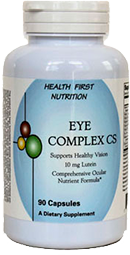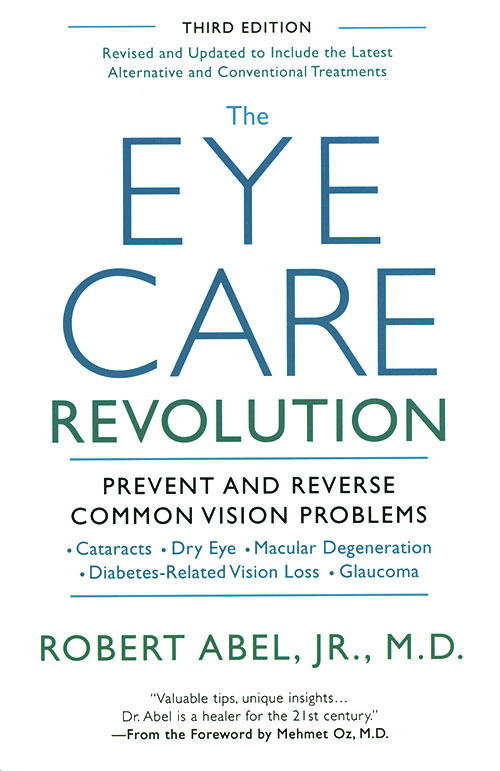What We See and What We Don’t
The eye is a fabulous organ but sees only a small amount of radiation around the earth. We see between 400 and 700 nanometers (nm), the colors blue through red. We are neither able to see the toxic short wavelengths (cosmic rays, gamma radiation and x-rays) nor can we see the harmless long wavelengths (infrared, microwave, radio and television). However, sometimes these long wavelengths can see us!
I have recently read an article on how the police can see through walls by using handheld devices that are able to detect even the slightest movements behind barriers by emitting invisible radio waves. These devices can even detect someone breathing. Infrared, which is employed in thermal measurements, can determine temperature alterations either at close or far range. Radar is so sensitive, that it can measure the speed of an oncoming car in fractions of a second apart. Laser light of various wavelengths can be used to measure distance, cut nylon fibers or perform LASIK on the cornea. The human eye is incapable of seeing any of these wavelengths
However, we are able to see beautiful colors within that 400 to 700 nm range. We can appreciate a rainbow, a flower and tell whether fruit is ripe and meat is cooked. We have receptors in our retina that see red, green and blue and a special blue receptor that connects to the pineal gland in the brain to coordinate our circadian rhythm (i.e. our wake and sleep cycle). 40% of our brains are devoted to what information comes through the eye. Our memory, which is stored in the hippocampus section of the brain, is loaded with visual images, allowing us to identify the objects that we see every day.
We may not be the bumblebee that can see infrared rays or the ant that sees grass as a different color than green. But we do depend heavily on the wavelengths of light that come through the eye in order create the beautiful pictures we see everyday.







